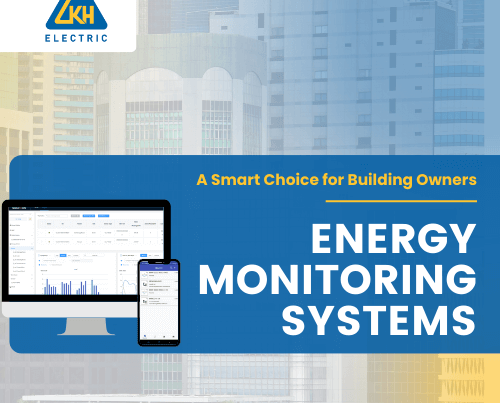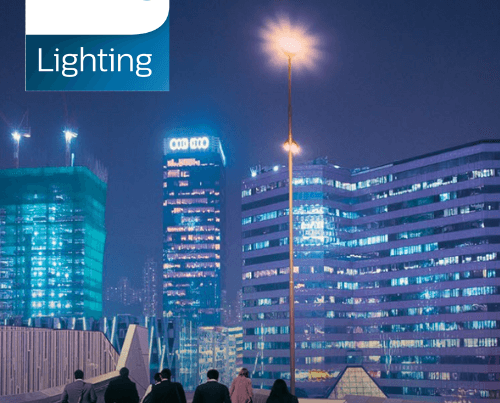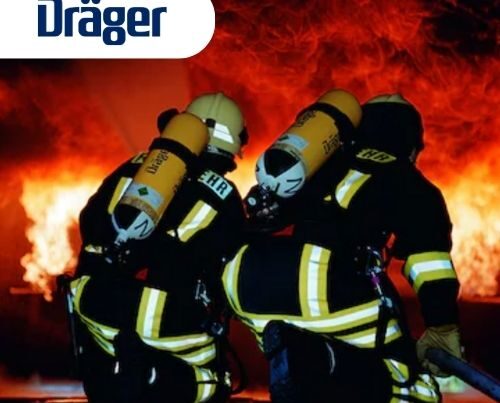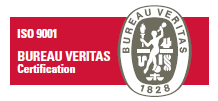Hazardous Area Zoning for Ex Proof Lighting
In industries dealing with flammable gases, vapors, dust, or fibers, ensuring workplace safety is a top priority. One of the most critical aspects of safety in hazardous areas is the use of Explosion-Proof (Ex Proof) Lighting which is designed to prevent ignition sources and reduce the risk of fires or explosions.
Not all hazardous areas are the same. To ensure the right safety measures, international standards classify these areas into specific zones based on the likelihood and frequency of explosive atmospheres. Understanding these hazardous area zones is crucial for selecting the appropriate Ex Proof Lighting and ensuring compliance with safety regulations.
In this blog post, we’ll break down the hazardous area zoning system, explain the differences between Zone 0, Zone 1, Zone 2, Zone 20, Zone 21, Zone 22.
Understanding Different Hazardous Area Zones
The hazardaous Area zone system is a classification method used to identify where flammable gases, vapors, dusts, or fibers may create an explosion risk. The zones main be divided into two main categories:
- Gas & Vapor Atmospheres (Zones 0, 1, 2)
- Dust & Fiber Atmospheres (Zones 20, 21, 22)
Zone 0
Explosive gas or vapor is present continuously or for long periods. Considered the highest level of risk for potential ignition.
Examples of Environments where Zone 0 is Present
- Fuel Tanks
- Pipelines
- Chemical Reactors
- Pharmaceutical Labs
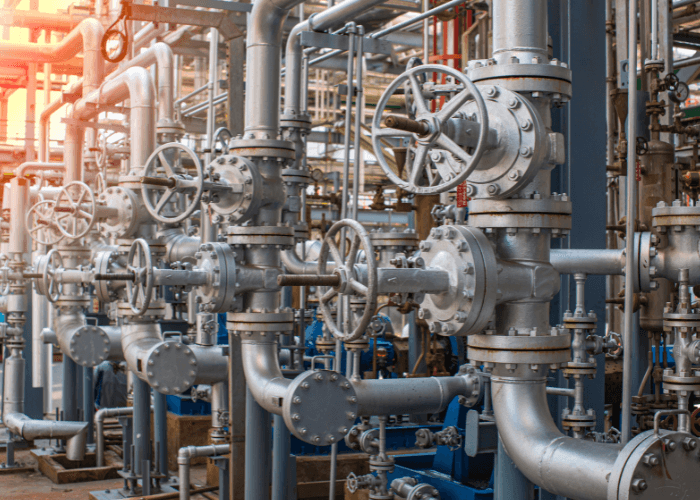
Zone 1
Explosive gas or vapor is likely to occur during normal operations.
Examples of Environments where Zone 1 is Present
- Drilling Rigs
- Marine Offshore
- Chemical Processing Plants
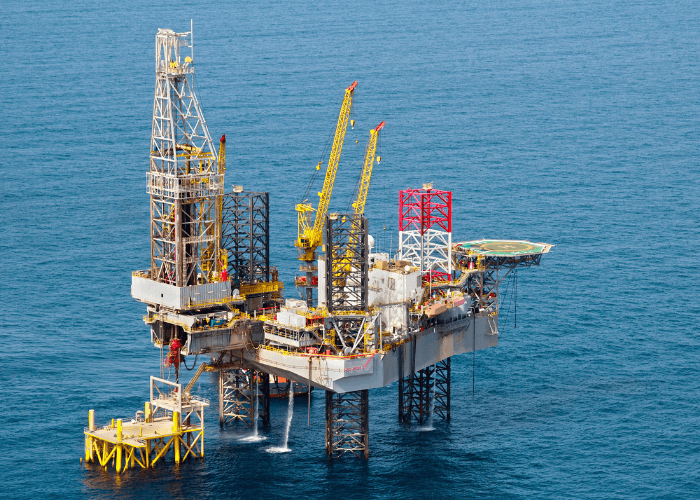
Zone 2
Explosive gas or vapor is not likely to occur under normal operations, but if it does, it will be short-lived.
Examples of Environments where Zone 1 is Present
- Fuel Storage Areas
- Paint and Printing Facilities
- Warehouses & Storage
- Manufacturing
- Distilleries & Wineries
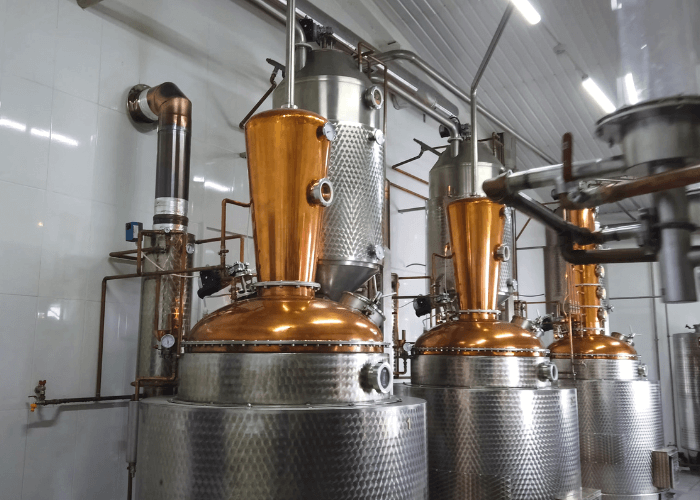
Zone 0,1,2 Example
Zone 20
Explosive dust is present continuously or frequently. Considered the highest level of risk for potential ignition.
Examples of Environments where Zone 20 is Present
- Grain Silos
- Flour Mills
- Industrial Dust Extraction Systems
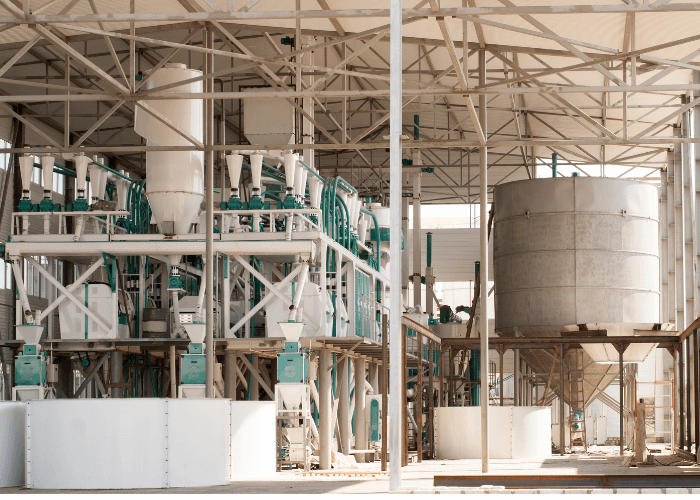
Zone 21
Explosive dust is likely to be present during normal operations.
Examples of Environments where Zone 21 is Present
- Food Processing Areas
- Woodworking Facilities
- Metal Grinding Facilities
- Plastic Facilities
- Pharmaceutical Manufacturing
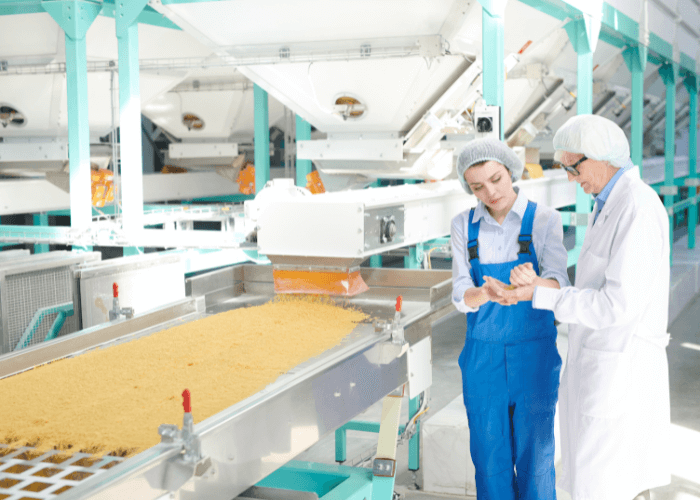
Zone 22
Explosive dust is not likely to be present, but if it does occur, it will be brief and in small quantities.
Examples of Environments where Zone 22 is Present
- Warehouses
- Packaging Areas
- Food & Beverage Manufacturing Storage
- Industrial Areas
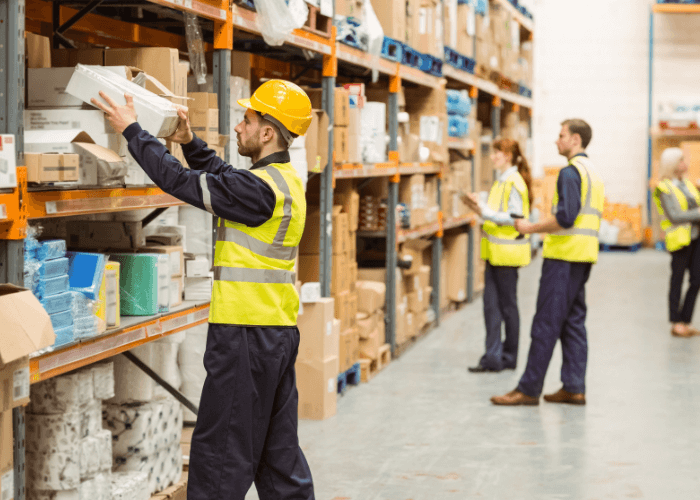
Summary of All Hazardous Area Zones
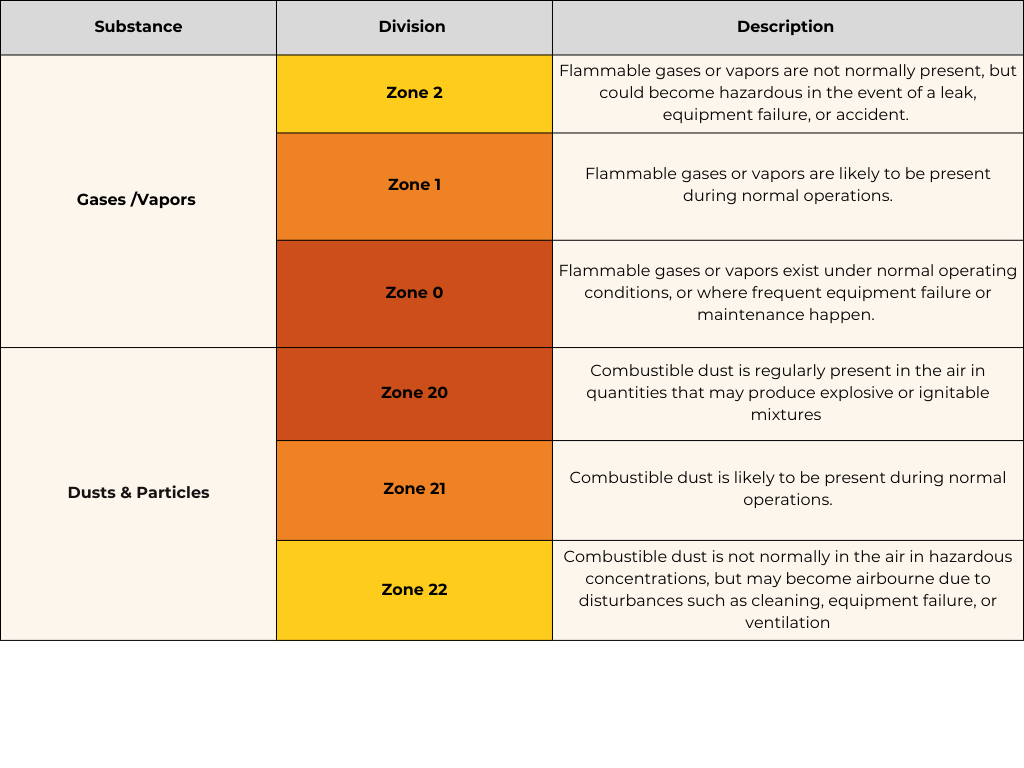
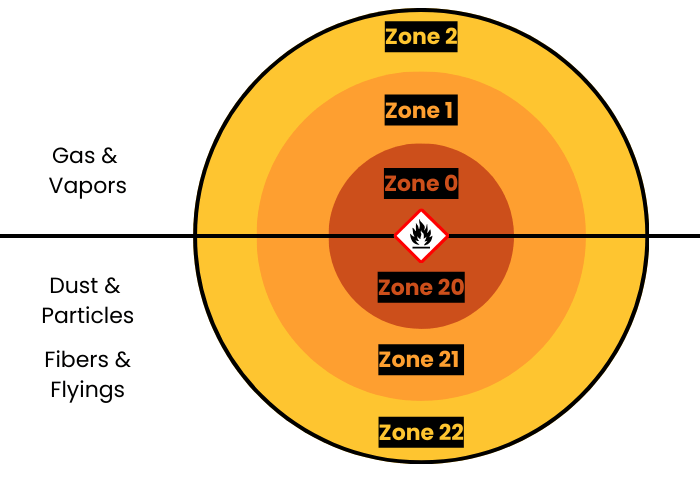
Lighting for Hazardous Areas
Selecting the right Ex Proof Lighting for a specific hazardous area ensures compliance with ATEX, IECEx, NEC, and other safety standards, preventing ignition sources and protecting workers in high-risk environments.
Our experts at Lim Kim Hai Electric can help to propose the most suitable light to meet the desired lux level requirement for any industry including oil & gas, industrial, food and beverage manufacturing, woodworking areas, warehouses, and more.

